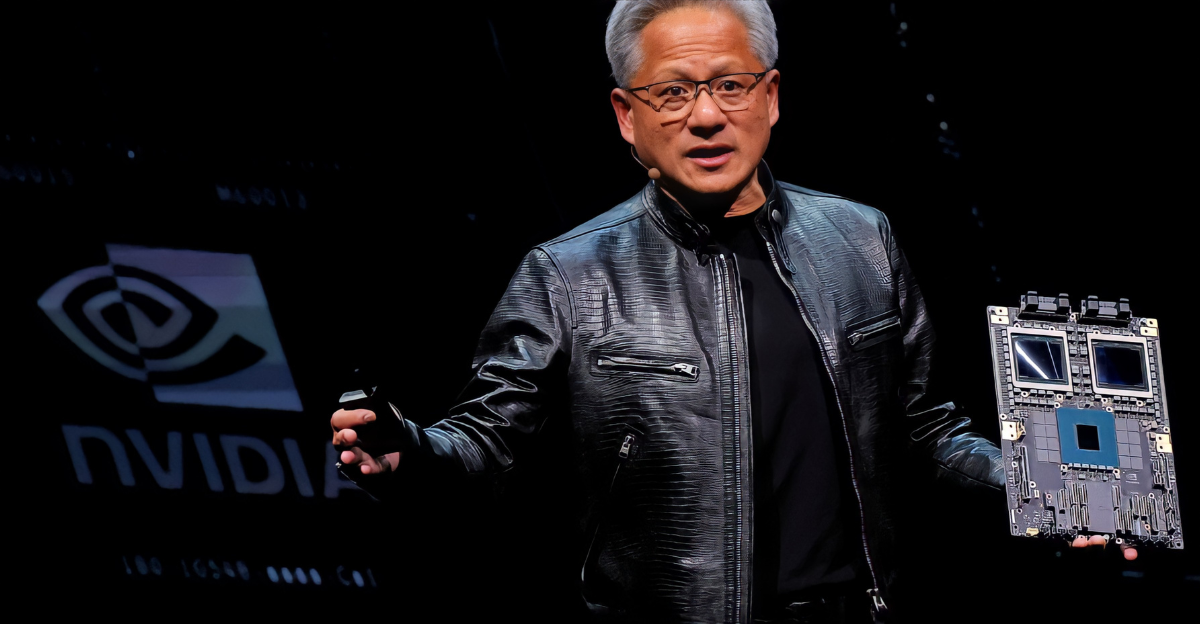
Wall Street erupted as Nvidia’s stock price rocketed 4% to $170.70 after the AI chip giant announced it will resume selling its H20 processors to China. This move could unlock as much as $8 billion in deferred revenue that had been put on hold due to export curbs. Nvidia shares hit fresh record highs following assurances from the Trump administration that export licenses would be approved, reversing a three-month ban that had cost the company an estimated $2.5 billion in lost sales during the first quarter.
Rival chipmaker AMD’s stock jumped even higher—up about 8%—on similar hopes of regaining access to China, while Chinese tech stocks such as Alibaba surged 6% as investors anticipated renewed access to critical AI hardware.
Revenue Revival
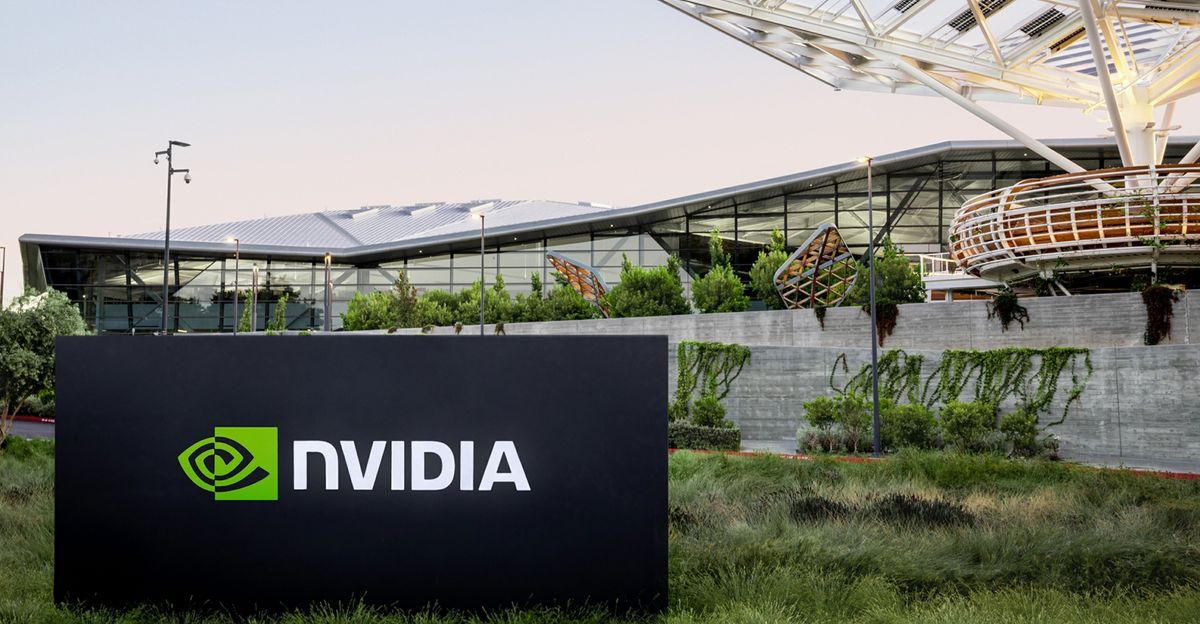
For America’s most valuable semiconductor company, the policy U-turn promises a dramatic revenue revival. China accounted for roughly 13% of Nvidia’s total revenue (about $17 billion annually) before the ban, making it Nvidia’s largest overseas market. The abrupt halt in H20 chip sales had forced Nvidia to take a $4.5 billion inventory write-down on unsold chips built for China.
Now, with sales set to resume, that charge could potentially be reversed, restoring billions to Nvidia’s bottom line.
Trade Context

This semiconductor about-face emerged from the larger context of U.S.–China trade negotiations, centered on a high-stakes exchange: AI chips for rare earths. The United States has been desperate to secure supplies of rare earth minerals—elements essential to everything from F-35 fighter jets to electric vehicle batteries—that China almost completely controls.
In fact, China handles over 90% of global rare earth processing and has aggressively restricted exports of those minerals since April, causing supply-chain nightmares for American manufacturers from General Motors to Lockheed Martin. By early summer, some U.S. auto plants were idled for lack of critical magnet materials.
Congressional Pressure
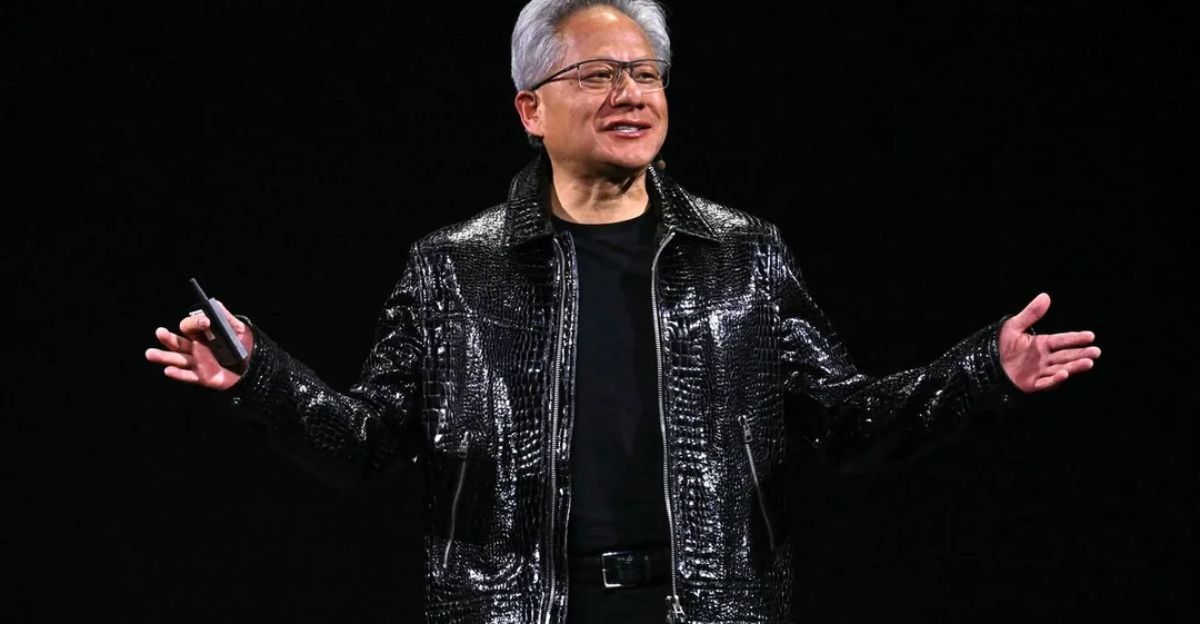
Behind the scenes, political pressure had been mounting to resolve the standoff. The U.S. tech industry launched an aggressive lobbying campaign warning that blanket export restrictions were backfiring. Nvidia’s CEO Jensen Huang even met with President Trump just days before the policy shift, reportedly arguing that U.S. companies risked losing technological leadership if cut off from China’s vast market. Initially, many Republican lawmakers had cheered the April ban on selling advanced chips to China.
But as months passed, concern grew that American firms were ceding ground to Chinese competitors like Huawei, which was rapidly developing its own AI chips.
Policy Reversal
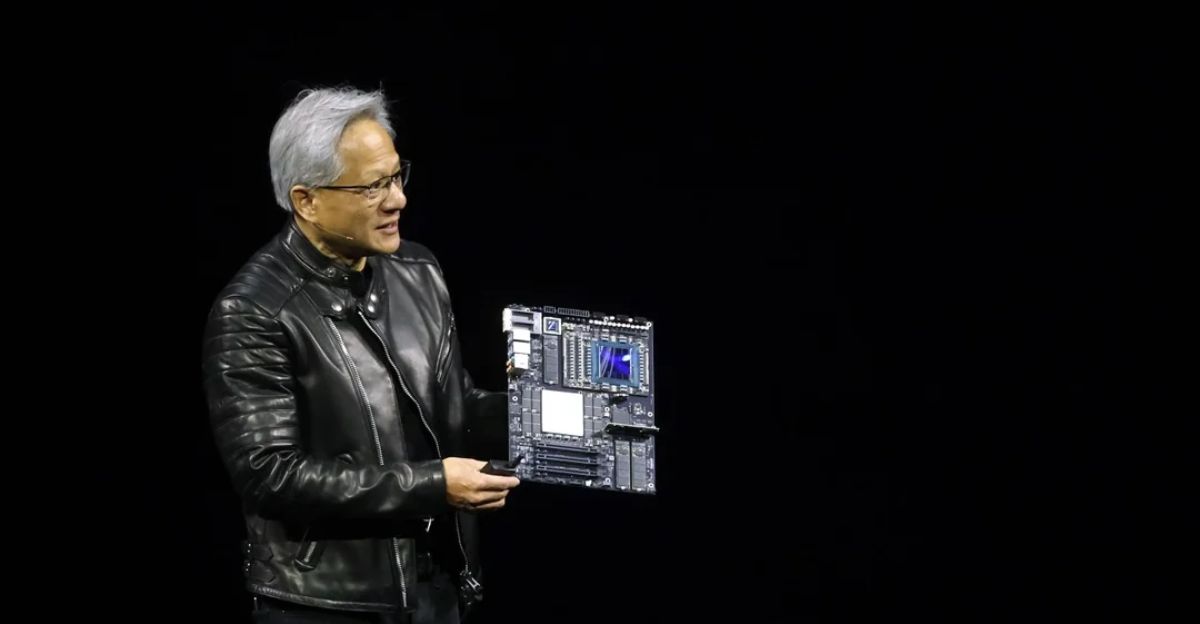
Here’s where the story turns. On July 15, 2025, Jensen Huang announced in Beijing that the U.S. government had assured Nvidia it will grant licenses for H20 chip exports to China, effectively ending the ban imposed just three months prior. This dramatic reversal came directly on the heels of Huang’s White House appeal to President Trump, where the CEO successfully made the case that continued strictures would only accelerate China’s drive to build an independent AI chip industry.
Huang had warned that Nvidia’s leadership position could slip away if it couldn’t serve Chinese customers being courted by Huawei. Now in Beijing, the CEO struck a triumphant tone about regaining access to Chinese buyers. “The Chinese market is massive, dynamic, and highly innovative, and it’s also home to many AI researchers,” Huang told China’s state broadcaster, emphasizing why Nvidia fought so hard for a foothold.
Regional Fallout

The repercussions of the deal rippled across different regions of the American economy. In California’s Silicon Valley, tech giants breathed a collective sigh of relief. Nvidia and its suppliers averted what could have been catastrophic revenue losses, meaning planned investments in U.S. chip factories (including Nvidia’s massive facility in Austin, Texas) will stay on track—supporting thousands of high-paying jobs. Meanwhile, in the industrial Rust Belt, reactions were more cautious. Manufacturers welcomed the rare earth trade breakthrough but remained anxious about the U.S.’s heavy reliance on Chinese materials.
“It’s day to day… We have had to shut down factories. It’s hand-to-mouth right now,” Ford CEO Jim Farley warned in June as the magnet shortage forced a temporary halt at a Chicago SUV plant.
Human Impact
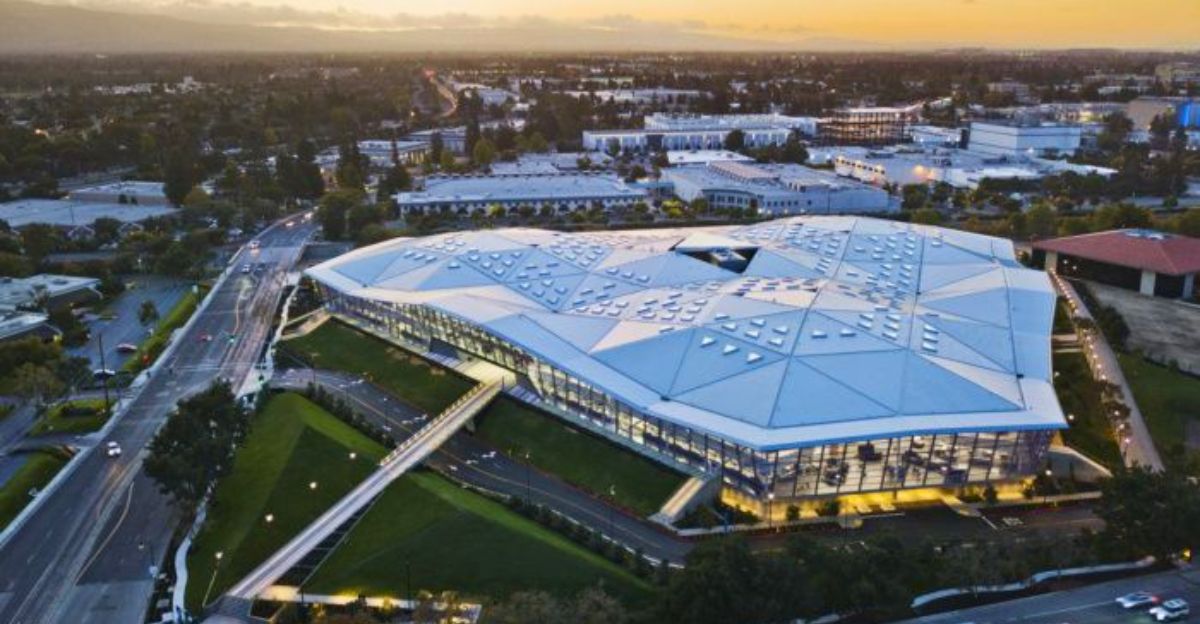
Officials defending the export policy reversal have been quick to argue that it won’t undercut America’s technological edge. “We’re giving them our fourth-best chip, not the crown jewels,” Commerce Secretary Lutnick insisted, pushing back on critics who say Washington is strengthening China’s hand. Many Nvidia employees at the company’s Santa Clara headquarters expressed relief that months of uncertainty were finally over.
Some had privately feared layoffs or project cancellations if the China market stayed off-limits indefinitely.
Competitive Dynamics
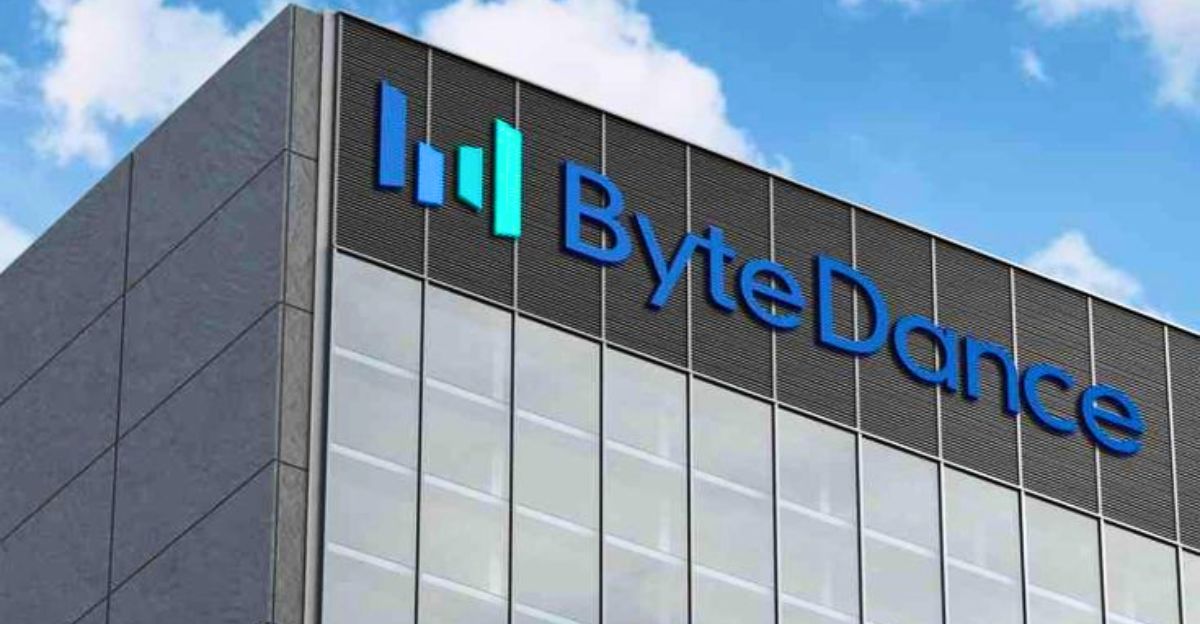
The White House’s decision to reopen Nvidia’s China business is reverberating through the global tech landscape. On one hand, Chinese tech giants like ByteDance, Tencent, and Alibaba are now scrambling to secure as many H20 chips as possible. They reportedly placed $16 billion in orders in the first quarter of 2025 alone in anticipation of the ban being lifted. That pent-up demand signals how vital Nvidia’s hardware is for China’s AI ambitions.
On the other hand, American competitors are watching warily. U.S. chipmakers from Intel to Broadcom worry that Washington’s policy reversal essentially hands Nvidia an even bigger advantage in the Chinese market, cementing its status as the go-to supplier for China’s AI boom.
Market Implications
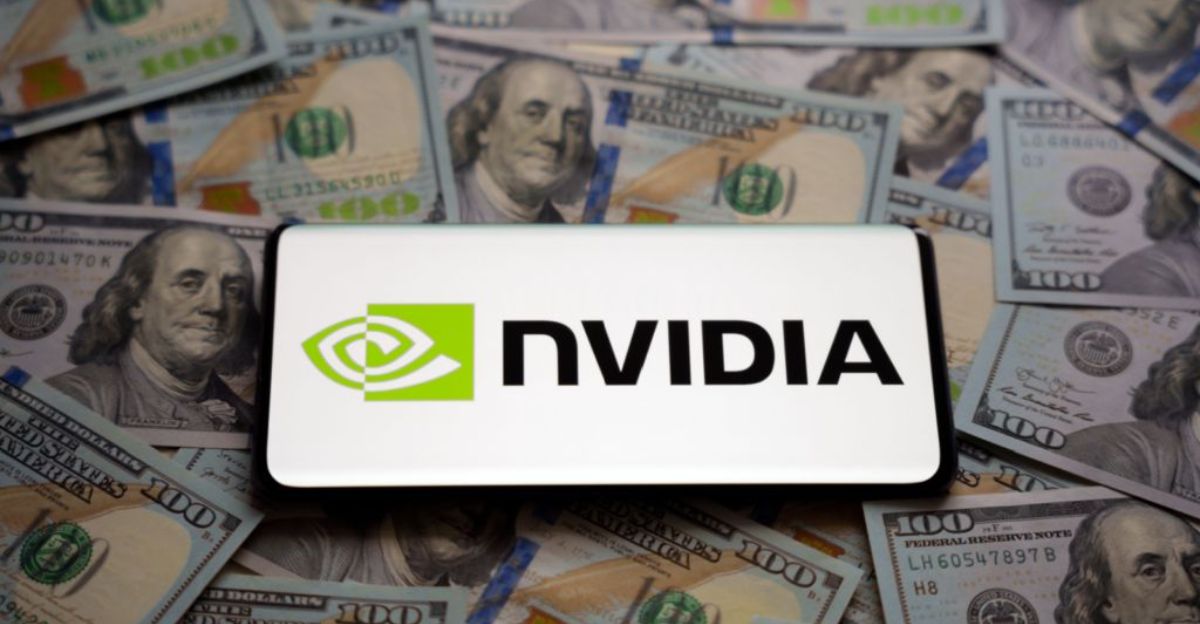
Nvidia’s staggering $4 trillion market capitalization—achieved just last week as the first-ever chip company to hit that milestone—reflects Wall Street’s confidence that AI infrastructure demand will keep booming worldwide despite geopolitical headwinds. The rare earth trade truce with China is likely to stabilize supply chains for countless industries, potentially easing some inflationary pressure on American consumers.
Shortages of rare-earth magnets had begun driving up costs for products ranging from wind turbines to smartphones; resolving that bottleneck could help moderate prices.
Future Stakes
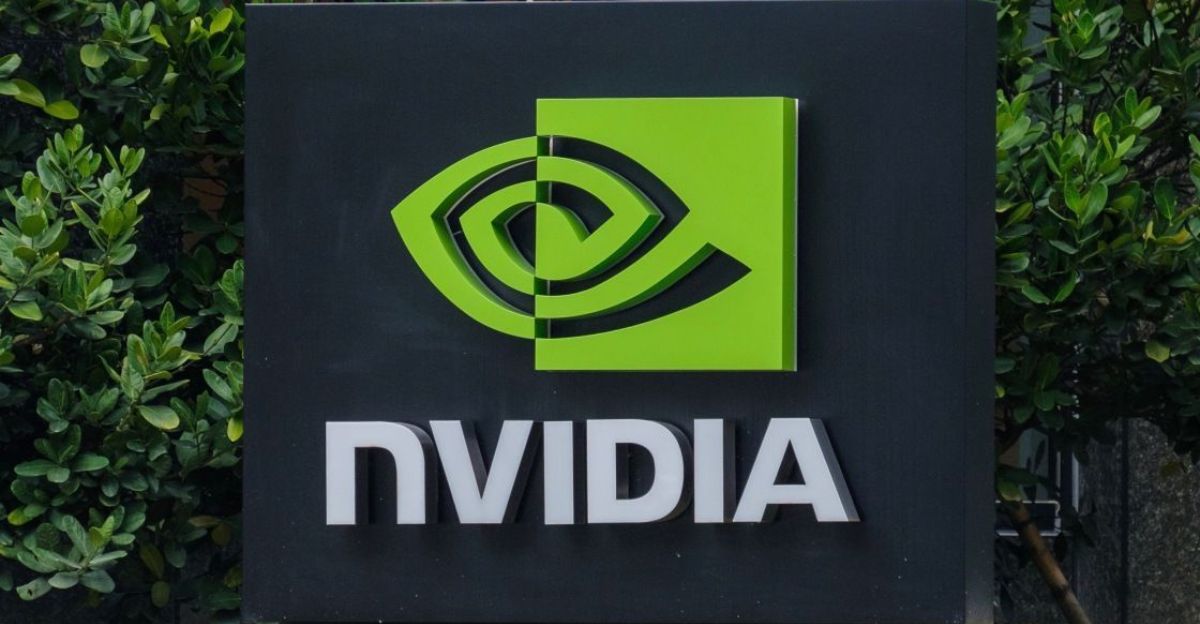
As President Trump prepares for a potential face-to-face summit with China’s President Xi Jinping later this year, the Nvidia saga raises fundamental questions about America’s approach to tech and trade. This latest move suggests a shift away from blanket technology bans toward more “surgical” export controls that try to balance national security with economic reality.
The big question now: Will this pragmatic strategy ultimately strengthen U.S. tech leadership by keeping Chinese firms dependent on American silicon, or will it backfire, inadvertently fueling the rise of a strategic competitor? Washington remains divided.